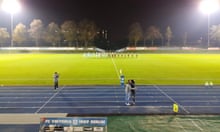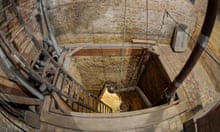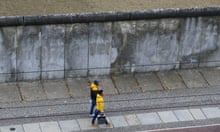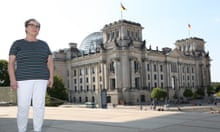A controversial art installation that would have rebuilt part of the Berlin Wall in the German capital has been put on hold by city authorities over safety concerns.
The brainchild of Russian film director Ilya Khrzhanovsky, who also paid 400 people to live for three years in a recreation of the Stalin-era Soviet Union, Dau Freedom would have immersed visitors in a totalitarian regime in the heart of a city once home to both Nazi and communist states.
Designers promised a game-like experience in which visitors would apply for a visa to enter another country stuck behind an 800-metre (2,600ft) mock-up of the wall that divided the German capital for nearly three decades.
The installation was to open for four weeks from mid-October, to coincide with the world premiere of Khrzhanovsky’s long-anticipated film set in a fictional but functioning Soviet research institute in north-eastern Ukraine.
But it now hangs in the balance after Berlin authorities announced they were rejecting the application on safety grounds.
“This was never about whether or not the project makes sense, that was never any of our business,” said Matthias Tang, a spokesperson for the Berlin authorities. “The timescale was simply too short. Such a big project can’t be realised in two months.”
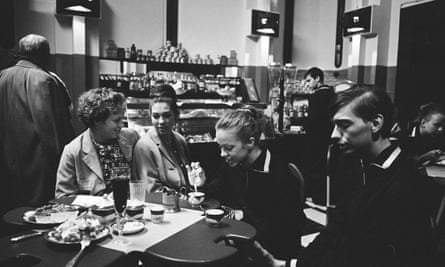
Organisers submitted their application in August, but the process should have begun months earlier, Tang said. No planning permission had yet been issued for the wall itself, and plans to construct it with a crane had not considered if the ground below could take the weight.
The gravest concern, Tang said, was a lack of suitable escape routes for visitors. The fire service was also worried that the wall structure could block emergency access.
Yet all was not lost, Tang said – the problems could be solved with sufficient time. “If the organisers say they want to do it at a later time, we can talk about it calmly and see which location is best, how to design escape routes so that the police are satisfied.”
Whether Dau Freedom will yet transform Berlin city centre remains unclear. A spokeswoman for the event organiser, Berliner Festspiele, said it would not comment until it had received its official rejection letter. Tang said it was in the post.

